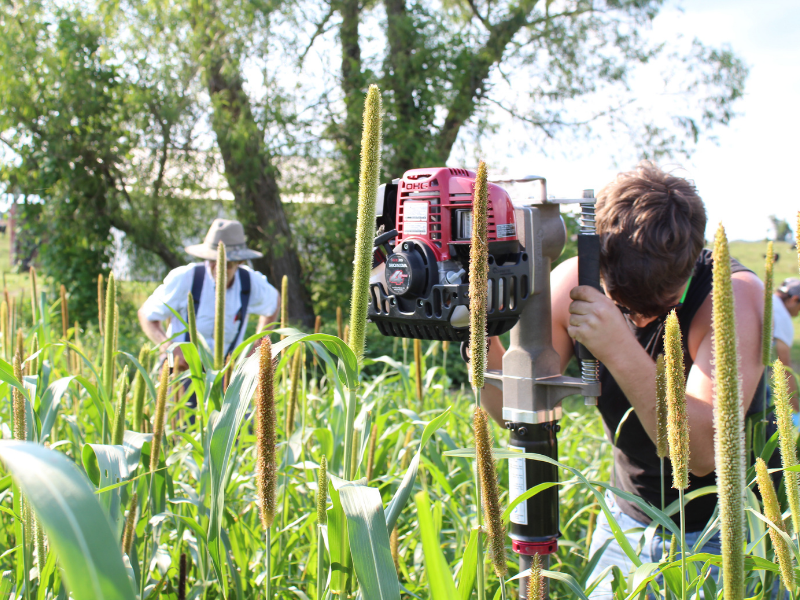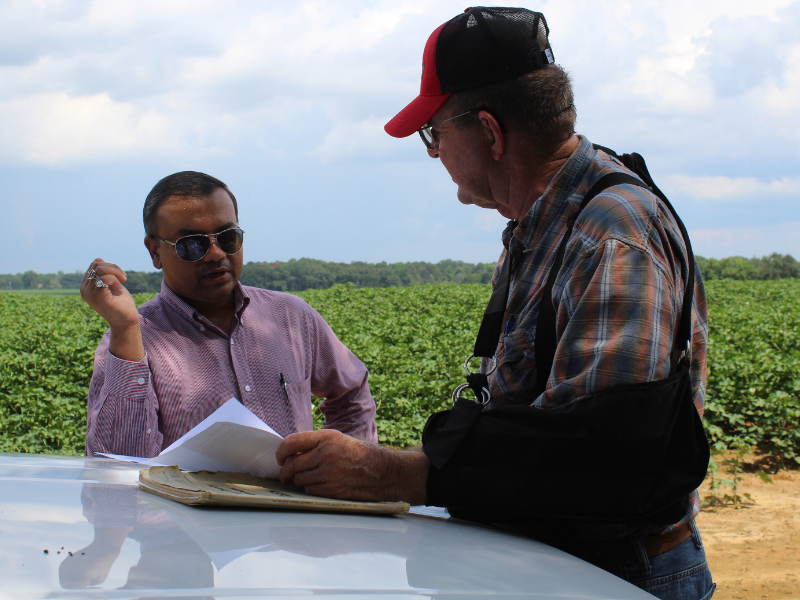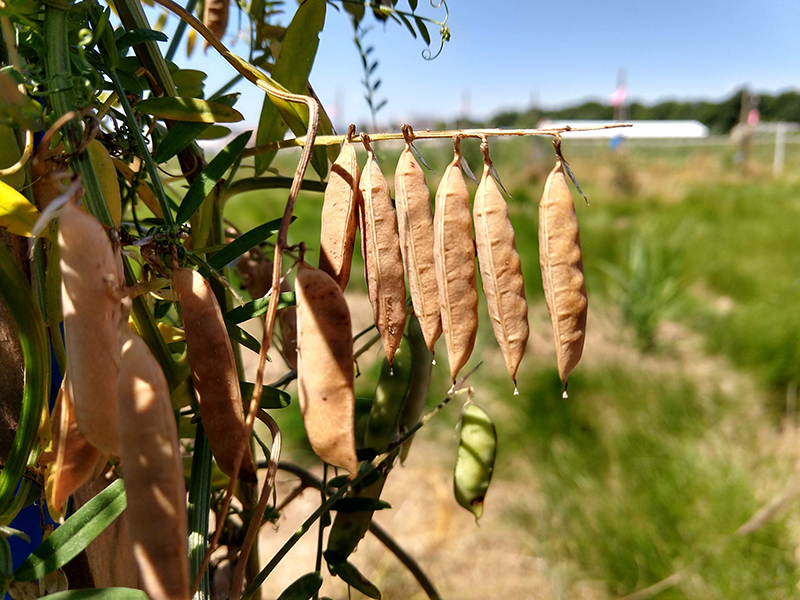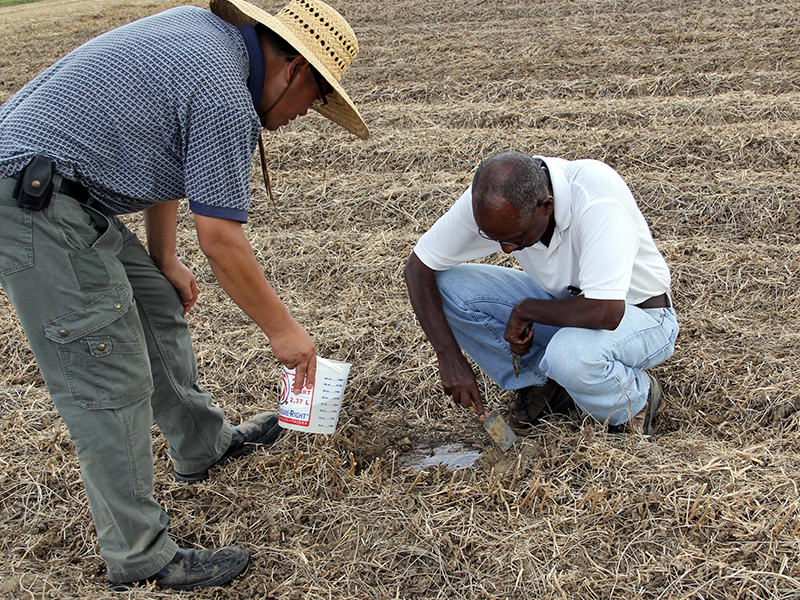Fertility

Aging is a part of life, and plants are no exception. The life cycle of a plant is felt in genebanks that store plant materials, such as seeds. Plant materials in genebanks may be accessed by farmers, researchers, conservationists, and others for breeding. But for a genebank to provide useful germplasm to growers, the seeds stored there must be alive when harvested. And as the stored seeds start to age, fewer and fewer of them live long enough to germinate.

Earth’s carbon cycle works on a global scale. But it can be affected by the tiniest of organisms: soil microbes. These microbes decompose organic matter like plant litter and dead organisms, and create simple carbon compounds. These simple carbon compounds can then be used by other organisms, or turned into gases (like carbon dioxide) and released into the atmosphere.

Studying new fertilizer options is the first step to getting farmers to eventually use them on their crops. A mineral called struvite has the potential to be an effective phosphorus fertilizer that may be considered organic.

The soil is a vital foundation for most plant life. Our crops rely on this rich trove of nutrients and microbes to help turn sunlight into food. But we’ve learned over the last few decades that there can be too much of a good thing.

As you start to plan for your Thanksgiving dinner, sweet potatoes are likely on the menu. Whether roasted and savory or topped with marshmallows, they’re a fall staple.


The amount of carbon in farm soils is important to farmers. Soils with high carbon contents tend to provide better yields. They also tend to have more resilience to weather-related crop failure. But measuring the amount of carbon in soil can be expensive and involve several steps. That can make it hard to collect this critical information in regions like sub-Saharan Africa.

Both chemical fertilizers and cover crops can help build the nitrogen content in soil. But cover crops come with many other benefits, like improving soil structure and boosting beneficial microbes.


Sunflowers have many uses. They are used for floral arrangements, animal feed, biofuels, and even food for us.

When grown commercially by farmers, the quality of sunflowers is based on the oil and protein concentrations in the seeds.


